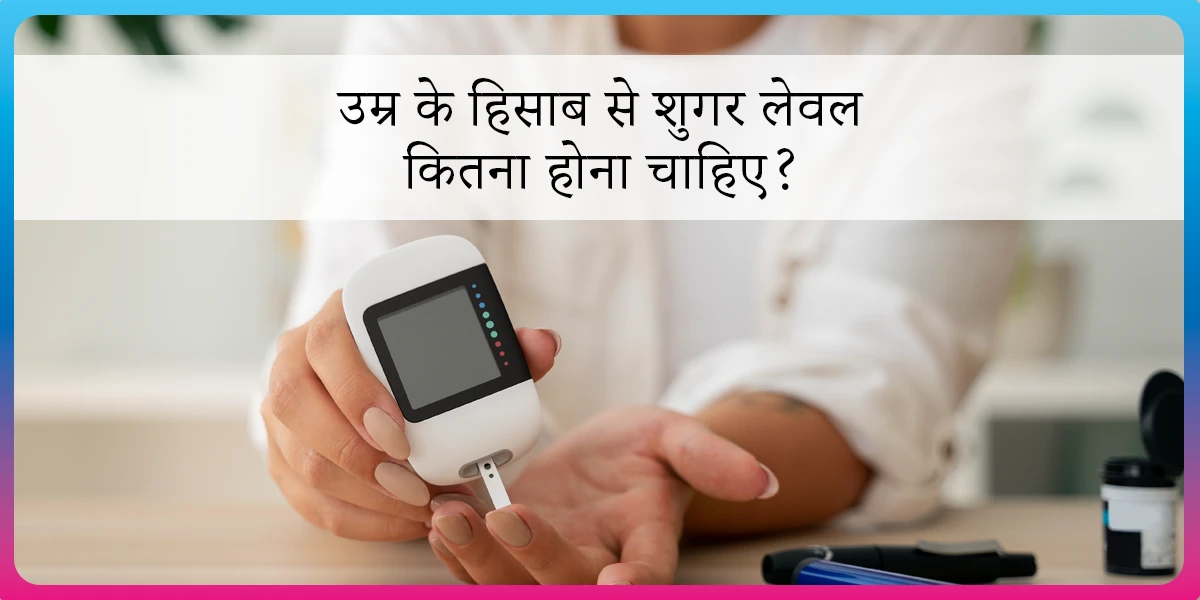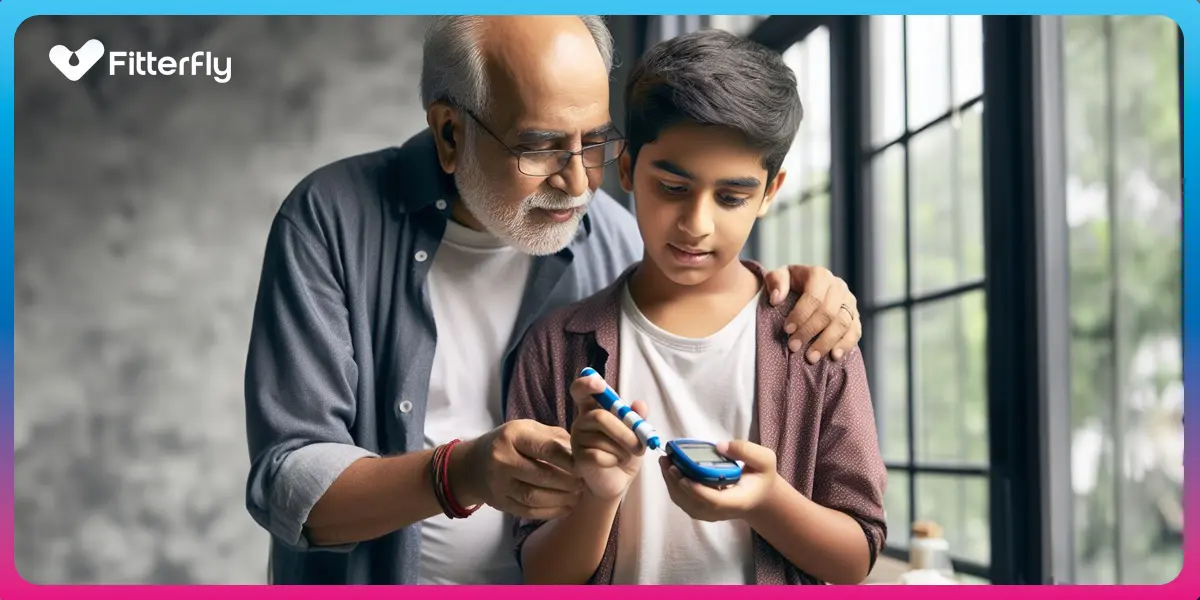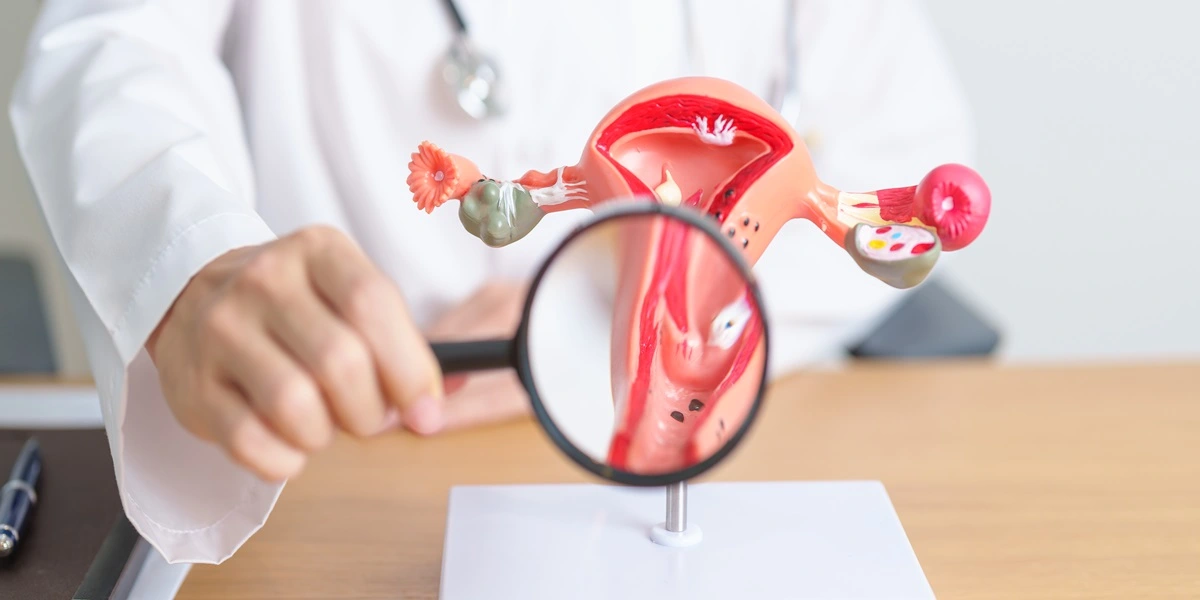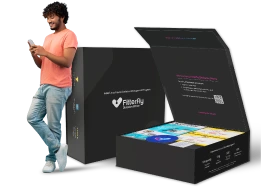Diabetes Diagnosis: Which Tests Are Required?
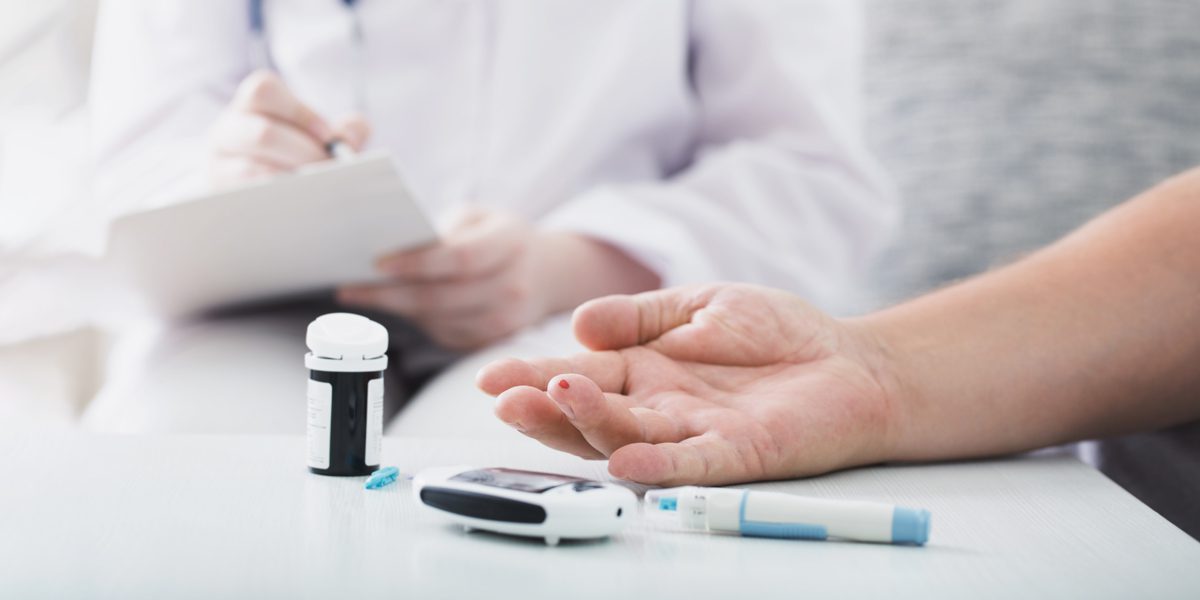
India is heading towards an epidemic of lifestyle health conditions, especially diabetes. To the point where we are now known as the “Diabetes capital” of the world. A combination of rapid urbanization, a sedentary lifestyle, processed foods, and genetic disposition are some of the factors that are contributing to this burden.
But thanks to the advances in medicine and technology and diabetes diagnosis is no longer a life sentence but simply a wake-up call. A chance for you to finally make those lifestyle changes you have been wanting to make for a long time.
And in doing so with early action and a team of experts it is even possible for you to reverse your diabetes or prediabetes and achieve what is scientifically known as “diabetes remission”.
But, good diabetes management starts with an early diagnosis. So, let’s understand today how diabetes is diagnosed.
To know your chances of Diabetes reversal, take the Diabetes Reversal TestDiabetes Reversal
Calculator
What are the top 4 tests for different diabetes diagnoses, prediabetes, type 1 diabetes, and type 2 diabetes?
The 4 types of tests done for diabetes diagnosis are:
- A1c
- Fasting plasma glucose
- Oral glucose tolerance test
- Random blood sugar test
Let’s understand these tests, associated values, and interpretations of the tests better.
1. A1c
This is the average measure of your blood sugar for 2-3 months. This test is also known as the Hba1c test. In this test, a phlebotomist will take venous blood and run tests on the same. You will get the report within a day.
This test can be done with the recommendation of your physician or you can even book it yourself if you suspect you are experiencing symptoms of prediabetes, type 2 diabetes, and type 1 diabetes.
Here is how you can interpret the values of your A1c test:
| Result | A1c |
|---|---|
| Normal | Less than 5.7% |
| Prediabetes | 5.7 to 6.4% |
| Diabetes | 6.5% or higher |
If you fall in the prediabetes or the diabetes category, it is best to consult a physician. In most cases, the doctor will recommend medication (oral) and lifestyle interventions.
Fitterfly’s diabetes management programs can help you reverse your prediabetes and type 2 diabetes. Especially, if you come to us during the golden period (within 1-5 years) of being diagnosed with diabetes.
And for those who are not eligible for diabetes remission, we help them reduce their medication and normalize their blood sugar levels, which significantly improves their quality of life.
2. Fasting plasma glucose (FPG)
Fasting blood glucose tests are done on an 8-10 hour fast, you are not allowed to eat or drink anything except for water. This test is performed in the morning before you have your breakfast. This test can be done with a glucometer or with a venous blood sample with a phlebotomist.
Here is how you can interpret the values of your FPG test:
| Result | Fasting Plasma Glucose (FPG) |
|---|---|
| Normal | Less than 100 mg/dL |
| Prediabetes | 100 mg/dL to 125 mg/dL |
| Diabetes | 126 mg/dL or higher |
3. Oral glucose tolerance test (OGTT)
Also known as pair readings, are done before a meal and two hours post drinking a sweet drink provided by your doctors. The same test is also known as pair readings when they are used to check your blood sugar levels before and after meals. These tests help understand if your diabetes management diet plan is working.
Here is how you can interpret the values of your OGTT test:
| Result | Oral glucose tolerance test (OGTT) after 2 hours |
|---|---|
| Normal | Less than 140 mg/dL |
| Prediabetes | 140 mg/dL to 199 mg/dL |
| Diabetes | 200 mg/dL or higher |
4. Random Plasma Glucose Test (RPGT)
As the name suggests this test is done at any random time during the day. Here is how you can interpret the values of your RPGT test:
A reading equal to 200 mg/dL or higher is considered diabetes.
Reduced HbA1c by HALF in 6 months


6.6%
Happy members
EMI
Guarantee
4.8/5
Diabetes Prime Program
How is gestational diabetes diagnosed?
The American Diabetes Association/ DIPSI recommends screening for gestational diabetes mellitus between 24-28 weeks of pregnancy. The diagnostic process consists of 2 steps. The first step is a Glucose Challenge Test and a secondary Oral Glucose Tolerance Test which confirms the diagnosis.
The Glucose Challenge Test is a fasting test (please refer to the FPG section above), if your reading is equal to or higher than 140 mg/dL then you will have to do another OGTT test for confirming your diagnosis.
| Result | Oral glucose tolerance test (OGTT) |
|---|---|
| Normal | Less than 140 mg/dL |
| Gestational Diabetes | Equal to or higher 140 mg/dL |
How is type 2 diabetes diagnosed?
As mentioned in the blog above, there are 4 tests used to diagnose diabetes – Hba1c, Fasting plasma glucose, Oral glucose tolerance test, and random plasma glucose test.
Fittertake
Now that you know how prediabetes, type 1 diabetes, type 2 diabetes, and gestational diabetes are diagnosed. Make sure to check your blood sugar levels regularly especially if you are at a higher risk of developing these conditions.
Once you have your report make sure to take timely and effective action. Like speaking to your doctor and starting medication if required and starting lifestyle intervention by enrolling in a diabetes management program.
One which will help focus on all aspects of diabetes management, namely – nutrition, exercise, stress, and sleep. If you or a loved one are struggling to manage diabetes, you can reach out to our program advisor at: 022 4897 1077
This blog provides general information for educational and informational purposes only and shouldn't be seen as professional advice.









